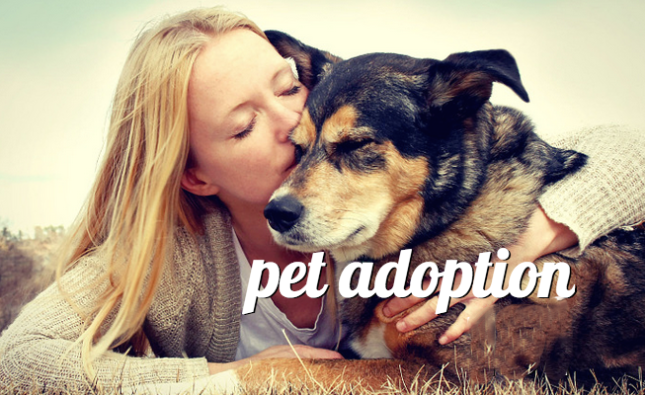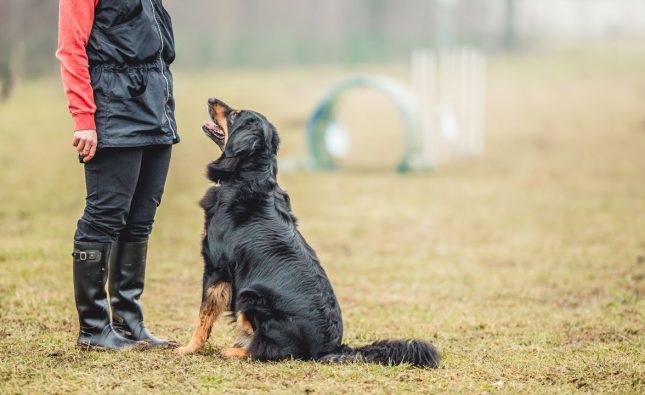
Monkeys are fascinating creatures, known for their intelligence, agility, and playful nature. But beyond their physical abilities, monkeys are also known for their complex social lives. From grooming to communication, these animals have developed a variety of behaviors to navigate their social groups. In this article, we’ll take a closer look at the behind-the-scenes of monkey society.
First and foremost, it’s important to understand that monkeys are highly social animals. They form groups called troops, which can range in size from just a few individuals to hundreds. Within these groups, monkeys have a well-defined social hierarchy. Dominant individuals have priority access to resources like food and mating partners, while lower-ranking individuals may have to wait their turn or risk being excluded altogether.
One of the most important behaviors in monkey social life is grooming. Monkeys spend hours each day grooming each other, picking through fur and removing parasites. This behavior serves several purposes. For one, it helps keep the troop clean and healthy. But it also serves a social function. Grooming is a way for monkeys to bond with each other, establish trust, and maintain social connections.
Another important aspect of monkey social life is communication. Monkeys use a variety of vocalizations, facial expressions, and body language to convey information to each other. For example, a monkey might make a particular call to signal the presence of a predator or to attract a mate. They may also use facial expressions and body language to establish dominance, show submission, or communicate a wide range of other messages.
Monkeys also engage in a variety of playful behaviors. They may chase each other, wrestle, or engage in other activities that seem like pure fun. While these behaviors may serve no practical purpose, they play an important role in building social bonds and reducing tension within the troop.
Of course, like any society, monkey troops can also experience conflict. Aggression can occur between individuals, particularly over resources like food or mates. But even in these situations, monkeys have developed a range of conflict resolution strategies. For example, monkeys may use threat displays, such as vocalizations or aggressive posturing, to deter potential rivals. They may also engage in reconciliation behaviors, such as grooming, to repair relationships after a conflict has occurred.
In conclusion, the social lives of monkeys are complex, fascinating, and essential to their survival. By understanding the behind-the-scenes of monkey society, we can gain a greater appreciation for these remarkable animals and the ways they navigate their social worlds.










